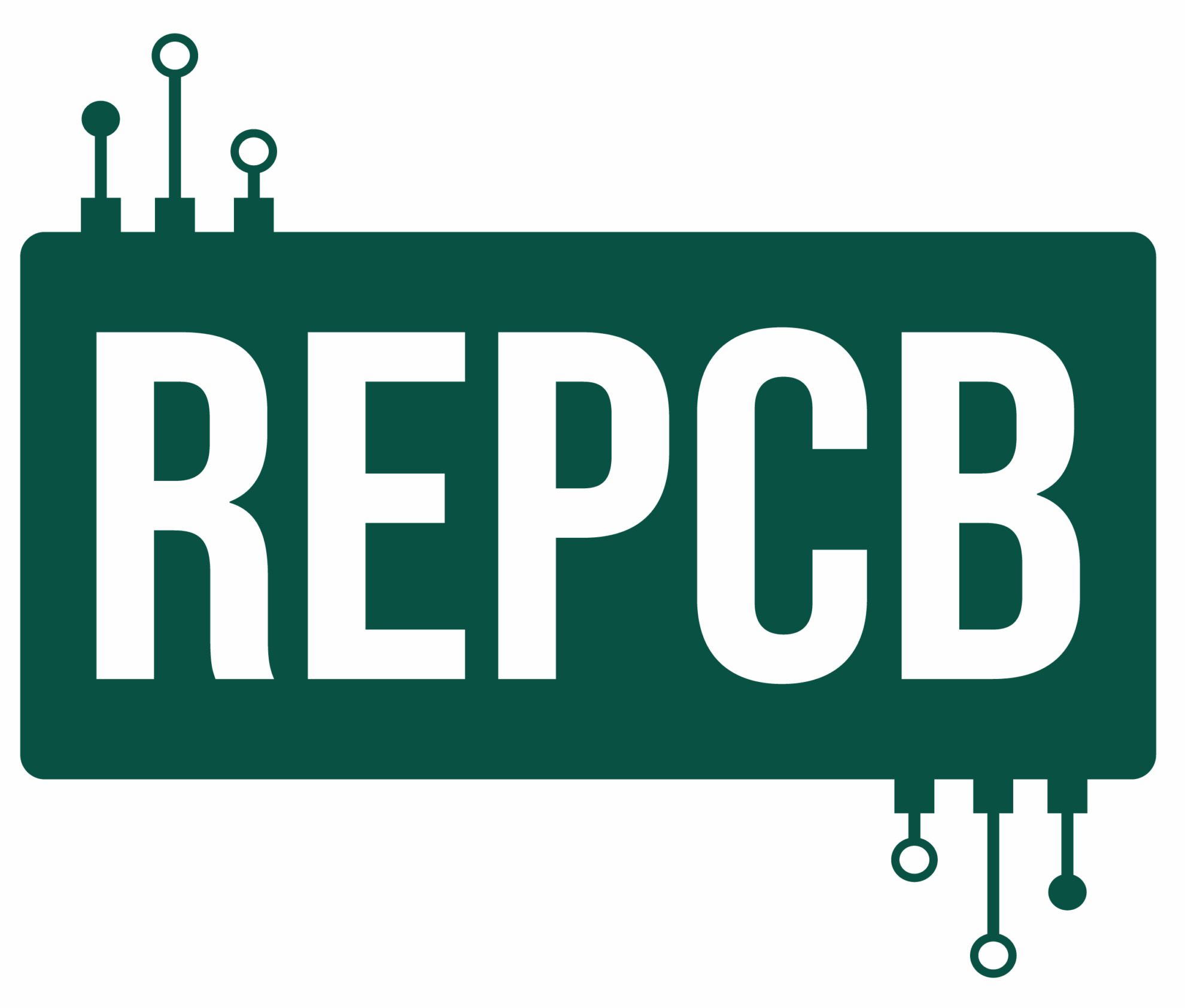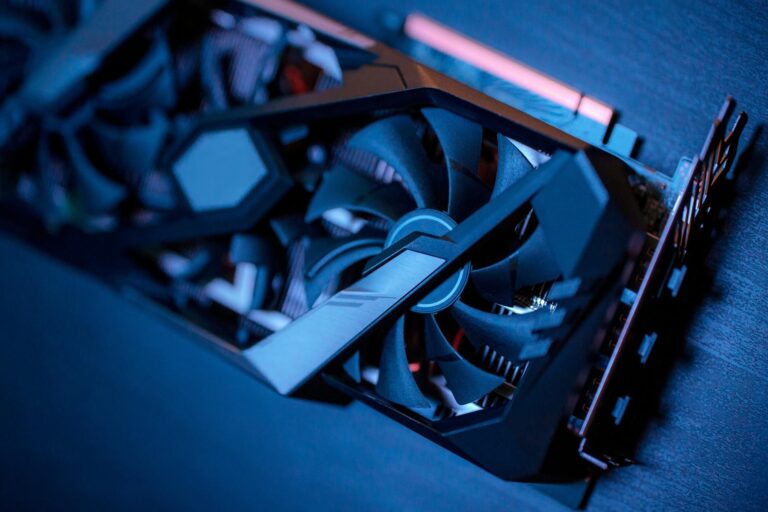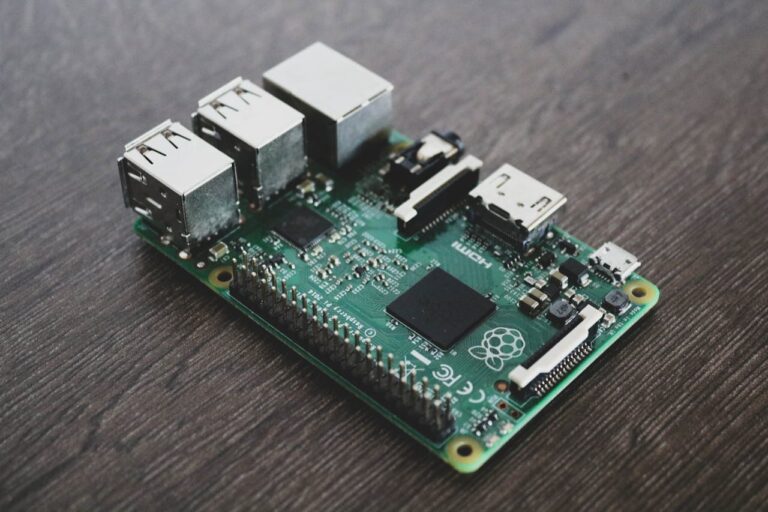Key Takeaways...
- A graphics card (GPU) is responsible for rendering images, videos and animations on your computer.
- They handle tasks like graphics rendering, video playback and multi-display support.
- Outdated GPUs can reduce productivity and software compatibility.
Whether you’re using a computer for business, design, gaming or data processing, you’ll likely have heard of a graphics card (GPU). But what exactly does it do, and why is it so important for performance?
In this article, we’ll break down what a graphics card is, how it works, and why businesses should understand its function when managing IT hardware and planning upgrades.
What Is a Graphics Card?
A graphics card, also known as a GPU (Graphics Processing Unit), is a specialised piece of hardware inside a computer that is responsible for rendering images, videos and animations on your display.
Unlike the CPU (central processing unit), which handles a wide variety of general computing tasks, the GPU is specifically designed for the parallel processing required to produce complex visuals and run demanding software.
Modern graphics cards are incredibly powerful, often containing billions of transistors and large amounts of high-speed memory, making them essential for applications beyond just displaying images.
What Does a Graphics Card Actually Do?
At its core, a graphics card translates data into visual output. Whenever you open a program, play a video or launch a game, the GPU processes the information and sends it to your monitor as high-quality images.
Here are the key tasks a GPU performs:
- Rendering Graphics and Images
The primary function of a graphics card is to render visuals. This includes everything from displaying your desktop icons to producing detailed 3D graphics in games or design software.
- Accelerating Performance in Software
Many professional applications – such as CAD programs, video editing software and AI tools – rely on the GPU for heavy computational tasks. A powerful graphics card can dramatically speed up processing times.
- Handling Video Playback
GPUs also process and decode video files, ensuring smooth playback of high-resolution content without placing extra strain on the CPU.
- Supporting Multiple Displays
Most modern graphics cards can drive multiple monitors at once, making them essential for businesses that need extended workspaces for productivity.
Why Are Graphics Cards Important for Businesses?
Businesses rely on GPUs for more than just visuals. High-performance graphics cards are essential in industries like design, engineering, medical imaging, data analysis and artificial intelligence. Even in standard office environments, a capable GPU ensures a seamless user experience and reduces system slowdowns.
Additionally, as software evolves, graphics card requirements increase. A system with an outdated GPU may struggle to keep up with modern applications, resulting in reduced productivity and compatibility issues.
What To Do With Old Graphics Cards
When a graphics card is no longer powerful enough or stops working, it’s important to dispose of it responsibly. GPUs contain printed circuit boards (PCBs) and valuable metals like gold, silver and copper that can be recycled.
At RePCB, we provide a dedicated graphics card recycling service for businesses across the UK. We securely collect and recycle all types of GPUs, ensuring compliance with WEEE regulations while helping to recover valuable resources.



